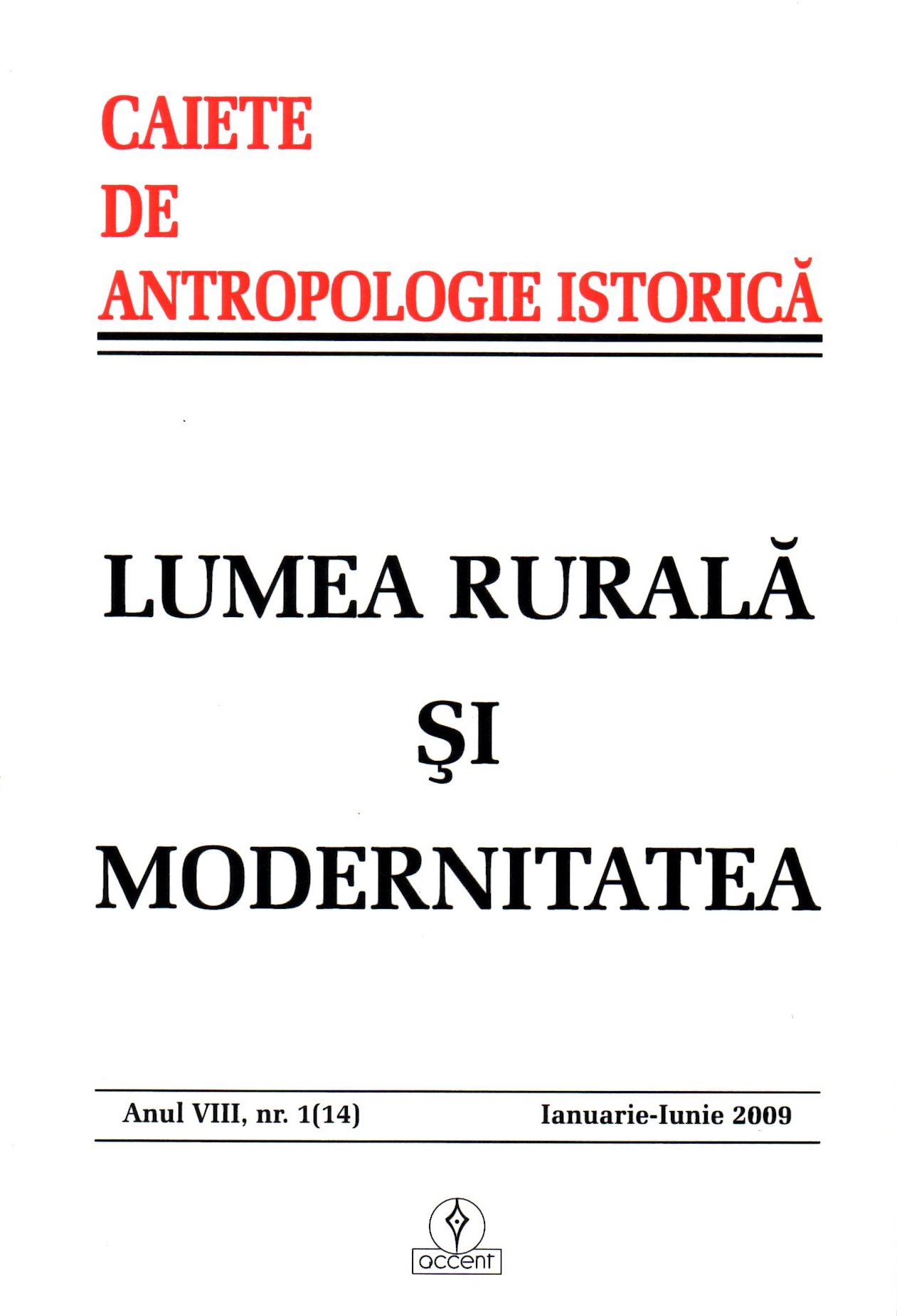Copii moderni – parinţi tradiţionali. Scurt excurs în lumea rurală
Modern Children - Traditional Parents. A Brief Survey of the Rural World
Author(s): Elena BărbulescuSubject(s): Recent History (1900 till today), Cultural Anthropology / Ethnology
Published by: Accent Publisher
Keywords: modern children; parents; traditionalism; rural world; social reality; changes; modernization; rural life; references;
Summary/Abstract: The paper approaches the subject of modernization and its functionality in the rural area of Romania. Having as starting point the changes that took place during the past century in some of the Transylvanian villages where the author has done field research, the study points out the fields subjected to modernization, and also the attitudes the changes have generated. Furthermore, the approach is going from the classic dichotomy of modern/traditional to a few others in close connection to it: new/old, agriculture/industry, child/parent, inherited/borrowed. The discussion points out that even unaware of post/modernism and its definition, at this very basic level, something else emerges as a follower to the idea of modernity/modernization, known so far under the name of democracy. Moreover, the author brings forward a few examples of the way the modernization has touched the rural life, the changes brought by the young generation to almost all the aspects of communitarian life. They change the way they dress up, the way and especially the means of work, the building techniques and even the building materials. Changes are also brought to mentality by changing the perception upon nudity or beauty. Both concepts of modern and traditional are also seen on a time scale, where each is related to a short duration and to a long duration, corresponding to the researcher's point of view on the object of study, which is social reality. The conclusion is that the rural world is both traditional and modern, depending on the point chosen as reference. Both concepts are seen hierarchically and each of them knows a superior and also an inferior position. Pendulating between now and then, the two concepts are changing little by little as a result of a dynamic process, which prevents them from remaining in a passive state.
Journal: Caiete de Antropologie Istorică
- Issue Year: 2009
- Issue No: 14
- Page Range: 143-150
- Page Count: 8
- Language: Romanian

